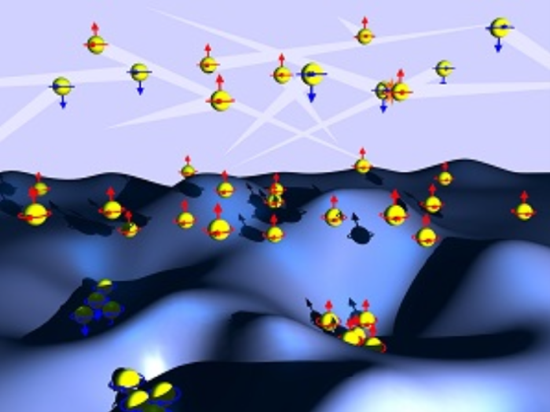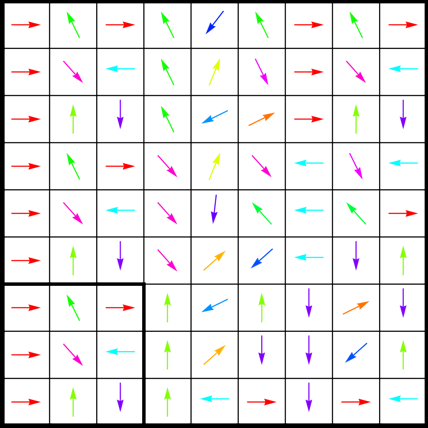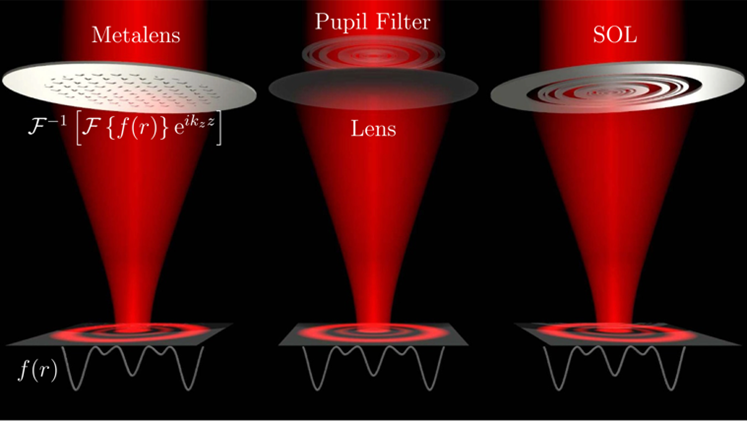You are here
- Home
- Research
- Research groups
- Applied Mathematics and Theoretical Physics
- Theory of Condensed Matter
Theory of Condensed Matter
Spintronics
The aim of our research is to exploit the properties of electron spin for next generation electronic devices, such as magnetic random access memory (MRAM), which are more energy-efficient, more durable and faster than conventional RAMs. The work involves quantum mechanical modelling of both simplistic and realistic structures and employs both analytical pencil and paper calculations and high-powered computational modelling.

Diffraction of quasicrystals
Quasicrystals are materials whose atomic arrangements produce bright Bragg peaks when a source of light is diffracted through the material. However, they are not classical crystals as they lack their characteristic translational symmetry. This diffractive behaviour instead comes from long-range correlations of atomic configurations in the quasicrystal, but a full understanding of when this occurs is still missing. Our research in this area looks to understand the mathematical basis behind this phenomenon, framing the question in an abstract topological setting in order to uncover the underlying mechanisms that lead to pure point diffraction.

Strongly correlated systems
Collective quantum mechanical behaviour gives rise to unique properties of matter that cannot be predicted from the properties of individual atoms or electrons, but only emerge from interactions among them. This research focuses on analysing equilibrium and non-equilibrium phenomena in materials such as high-temperature superconductors, quantum magnets, and graphene using analytical tools like effective field theories and numerical approaches such as quantum Monte Carlo and Matrix Product States.

Superoscillatory imaging
Superoscillation is a phenomenon where a bandlimited function oscillates faster than its fastest Fourier component. Superoscillations have the potential to enable much more detailed imaging of the microscopic world. However, there is a trade-off between the speed and the amplitude of the oscillation, and optimising this trade-off is crucial for practical implementation.

Complex systems
A complex system is a system made up of many interacting components or parts that can exhibit emergent behavior, which cannot be easily explained by examining the individual components in isolation. One example is the collective behaviour of neurons in the brain, which can be thought of as a complex network of interacting spins.

Theory of Condensed Matter Group
Central Academics
Jim Hague
Andrew James
Dan Rust
Andrey Umerski
Staff Tutors
Marcelo Montemurro
Katrine Rogers

